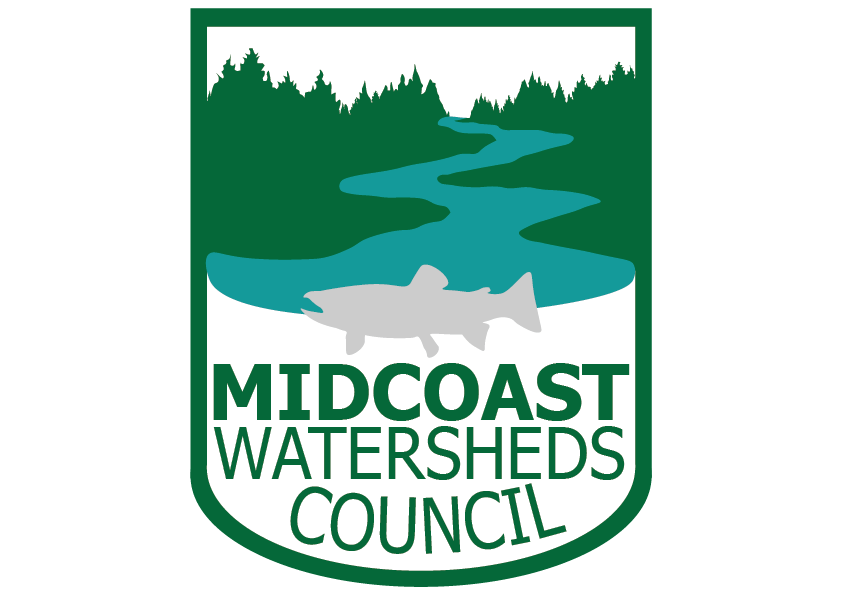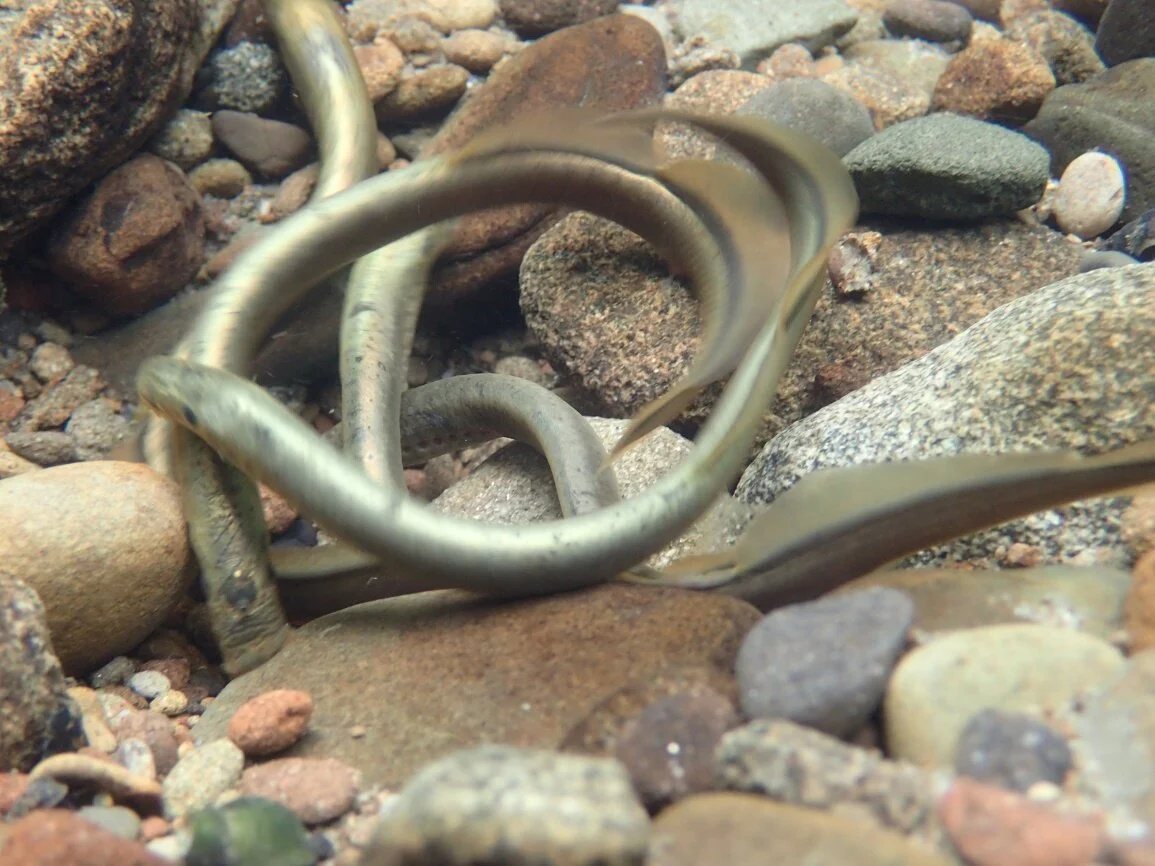Environmental DNA
Using genetic information to inform restoration efforts
In 2019, MCWC received funds from the Oregon Wildlife Foundation and worked with partners at the Bureau of Land Management, US Forest Service, and the Xerces Society to begin a pilot project collecting environmental DNA (eDNA) samples across our working area, with the goal of filling in large gaps in species distribution information for lamprey and freshwater mussels.
While lamprey and freshwater mussel species have been recognized for their ecological and cultural values by tribes for thousands of years, they are understudied within the scientific community. The lack of recognition and ecological understanding of both freshwater mussels and lamprey in restoration projects that target endangered salmon is of concern both for sustaining populations of these species, as well as for the benefits that they can provide to salmon in intact systems. By determining the presence of these species in our working area, MCWC and partners are increasing the capability to effectively conduct holistic restoration projects and implement Best Management Practices that protect the myriad ways that native species depend on one another.
Explore the species frequently identified through environmental DNA
best management practices
For more information on how in-stream restoration projects can be conducted to minimize impacts to lamprey and freshwater mussels, click on the buttons below.

